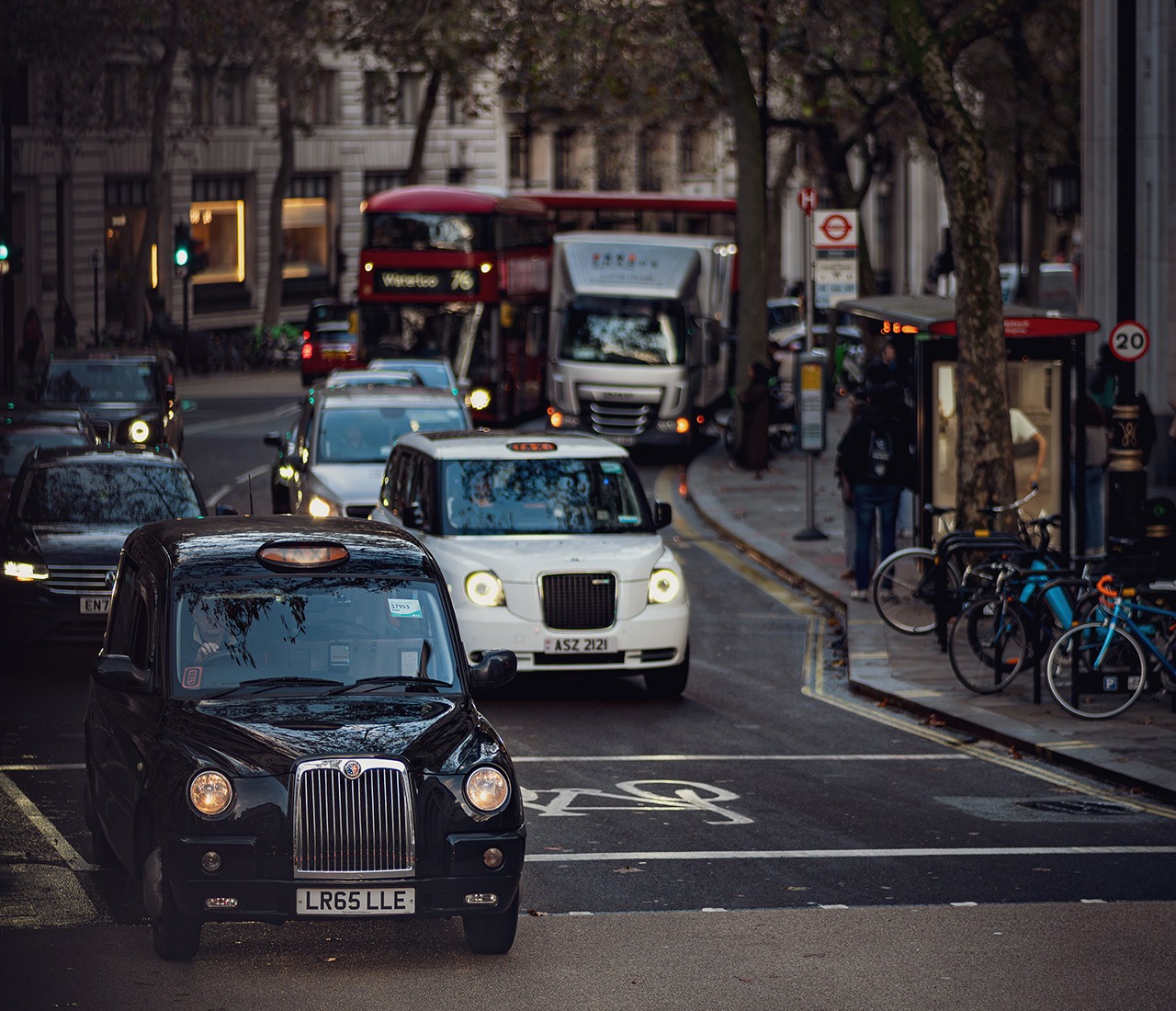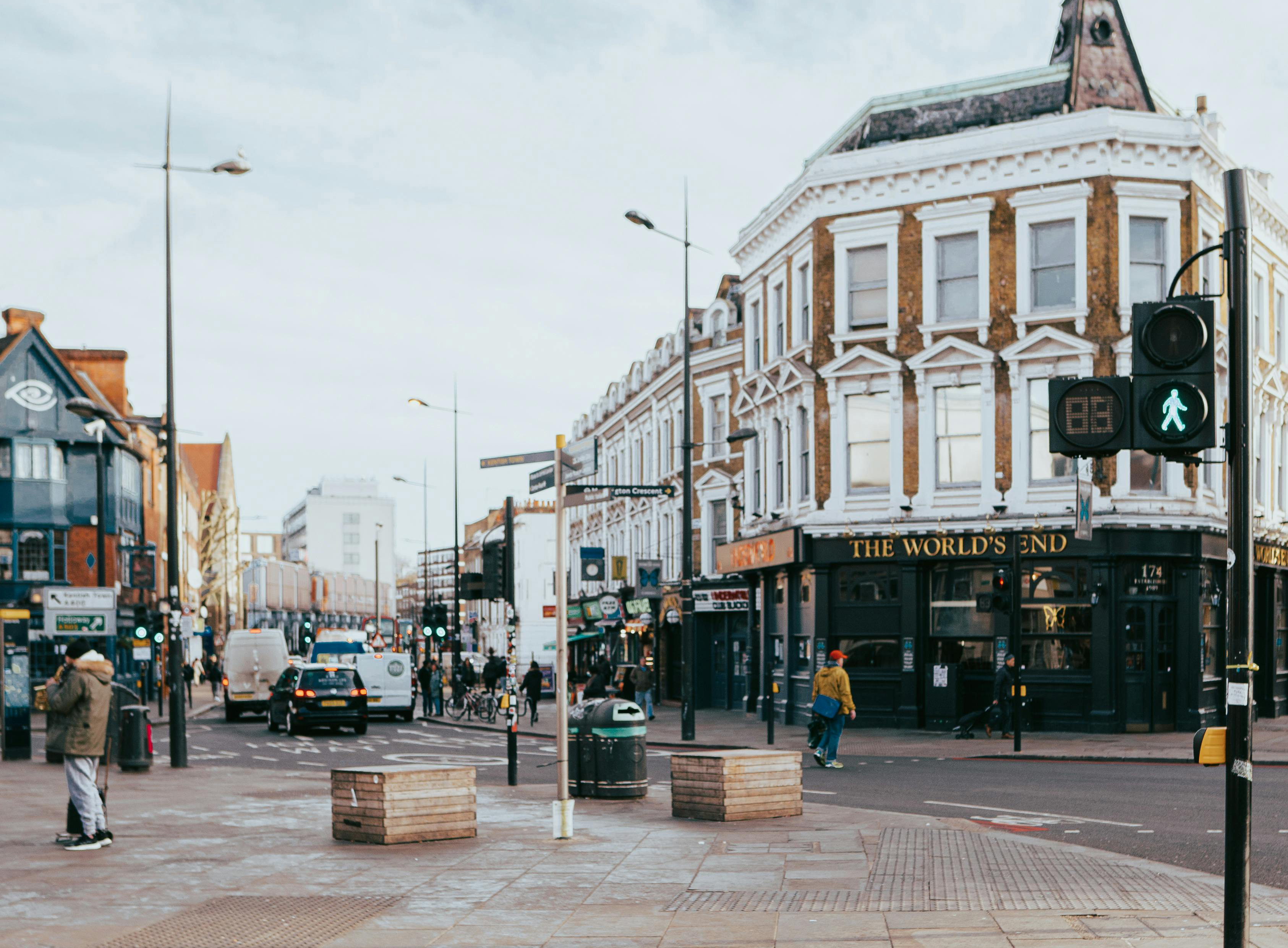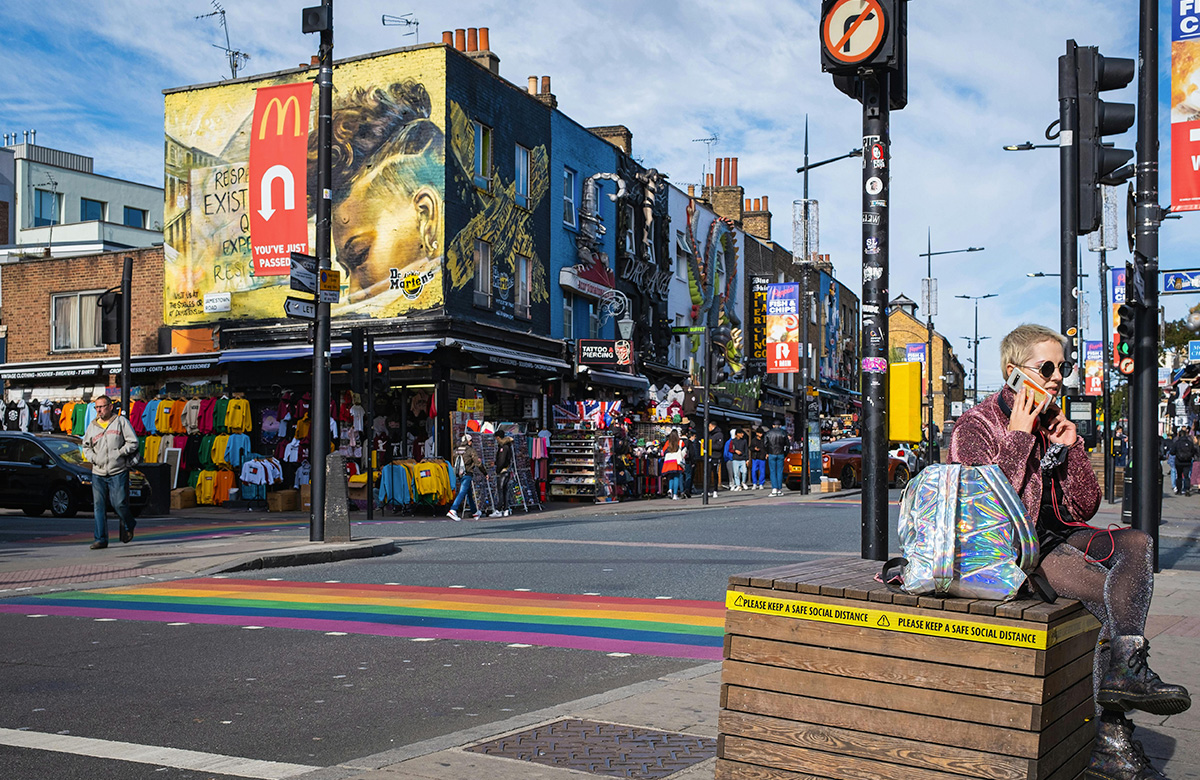In the heart of London, where the streets bear the weight of centuries of history, they also bear witness to a different kind of challenge – the notorious Congestion Charge. Originating in 2003, this pioneering endeavour aimed at easing the city's traffic congestion and curbing emissions within its bustling core. Yet, little did we know that it would trigger a seismic shift in the realm of last-mile delivery services, a transformation that reverberates to this day.
As delivery vehicles gracefully navigate the ever-congested streets of this iconic city, they encounter the complexities of a financial labyrinth that is the Congestion Charge zone. Within its eight-square-mile grasp, this charge has had the remarkable effect of reducing traffic volumes by approximately 30%, an impressive feat in itself.
The Congestion Charge's Influence
Introduced in 2003, the Congestion Charge was London's response to the pressing issues of traffic congestion and air pollution. Vehicles entering the charge zone during specific hours are required to pay a daily fee. While this initiative has succeeded in reducing traffic and emissions, it has simultaneously presented unique challenges to delivery services operating within its boundaries.
Adaptation through Innovation
The Congestion Charge has compelled delivery services to adapt to a new reality or risk stagnation. Traditional delivery methods are no longer sufficient to meet the demands of the charge zone. Innovative strategies and technologies have become essential to optimize delivery operations efficiently within the charge zone's constraints.
A Transformation of Delivery Services
As a result of the Congestion Charge, the delivery services in London have undergone a significant transformation. The integration of advanced route optimization algorithms has enabled more efficient planning of deliveries. The outcome? Reduced transit times, lower fuel consumption, and fewer emissions. This not only benefits the environment but also ensures that deliveries reach their recipients promptly.
Sustainability Initiatives
In response to the environmental concerns associated with the Congestion Charge, many delivery services have adopted sustainability initiatives. Electric and hybrid vehicles have become a common sight on the city's streets, silently navigating through the charge zone while reducing emissions. Cargo bikes, such as those utilized by Onelivery.co.uk, are increasingly being employed for swift and sustainable last-mile deliveries, providing an eco-friendly solution to the charge zone's challenges.
The Role of Couriers and Drivers
The role of couriers and drivers in the delivery process is equally vital, especially within the charge zone. They are the frontline workers who navigate the traffic and ensure that your packages reach you promptly. These essential workers are not just drivers; they are problem solvers, ensuring successful last-mile deliveries even in the face of adversity.
The Road Ahead: Innovation and Resilience
The introduction of the Congestion Charge in London's red zone has been a catalyst for innovation. While it has presented challenges, it has also pushed delivery services to explore sustainable and efficient solutions. The resilience and adaptability of these services are at the forefront of the evolving last-mile delivery landscape within the charge zone.
The Congestion Charge in London, while altering the dynamics of last-mile delivery services, has also highlighted the innovative and resilient spirit of companies like Onelivery.co.uk. Embracing the challenge, they have become a paragon of sustainable and efficient urban delivery, ensuring that the city's rhythm continues undisturbed, with parcels reaching their destinations seamlessly.









